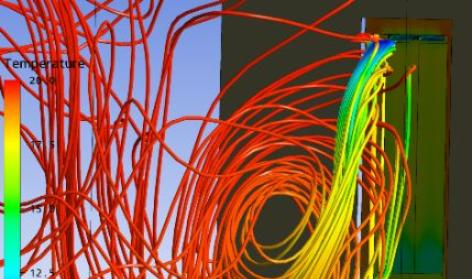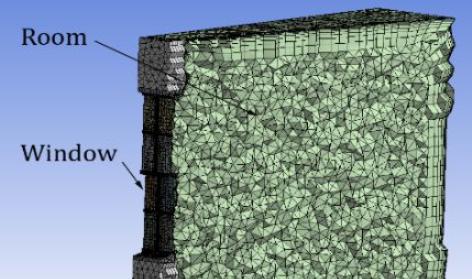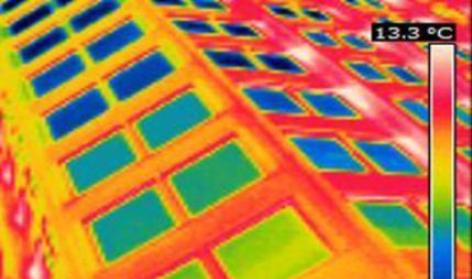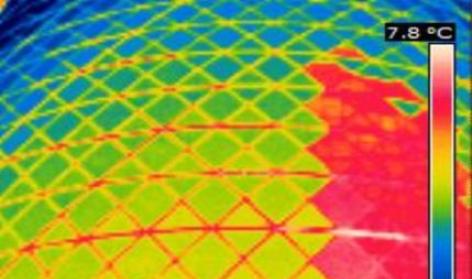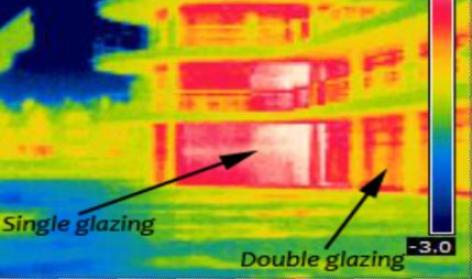A Student’s Guide to the Environmental Use of Glass in Buildings
This web based project utilised advanced experimental and computational techniques to visualise glazing and its impact on its immediate environment
Project leader: Dr Ryan Southall – School of Architecture and Design, University of Brighton
Prof Mike McEvoy – School of Architecture and Design, University of Brighton
Jane Oldfield – RIBA British Architectural Library
Abstract
The project utilised advanced computational (Computational Fluid Dynamics [CFD]) and experimental (thermographic imaging) techniques to visualise the evolution of glazing from a thermo-physical perspective. This visualisation of the usually invisible heat and airflow consequences of different glazing choices educates the student as to the environmental impact of glazing in a highly visual way that is accessible to students of design orientated disciplines.
This web–based project is broken down into the different evolutionary stages of glazing technology, each incorporating their historical and technological context. CFD and thermographic analysis of air flow and temperatures for these generic glazing types and for iconic buildings are presented as well as a history and background of these techniques.
The project thus attempts to increase fundamental understanding of the physical consequences of certain design decisions without resorting to either complex mathematics, or abstract ‘rules of thumb’. This threshold knowledge can then be the foundation for more considered and rational designs that intrinsically account for their environmental impact, and better achieve their environmental goals.
See the A Student’s Guide to the Environmental Use of Glass in Buildings website at:
http://cetld2.brighton.ac.uk/enviro-glazing/home.htm


